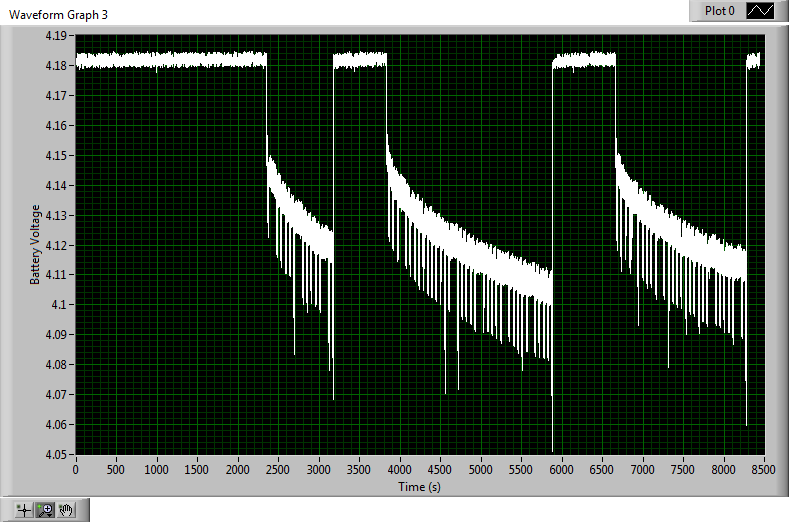We are using a BQ24070 charger/PMIC in the design of one of our products. Everything in our product is powered off the charger output (pins 15-17) except for one item which can present a heavy load (up to 100-200mA). This one item that can present a heavy load is powered off the battery directly, and not off the charger output.
Is it good practice to power devices directly off the battery when the charger is trying to charge the battery? What are the implications of doing this? Can the BQ24070 get confused if it is charging the battery and one component is drawing energy out of the battery at the same time?


